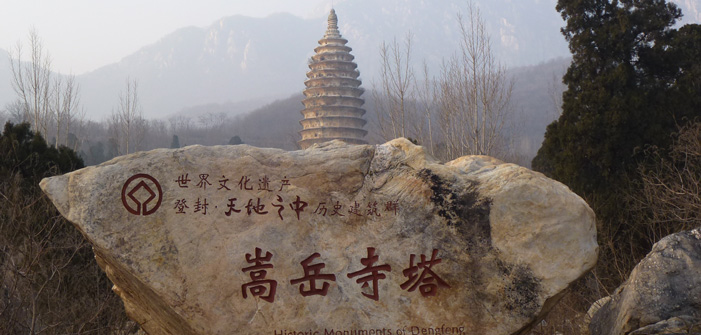Major Historical Attractions in China
By Carlton Leisure -
20/11/2014

Stupendous growth of China in terms of business and economy has caught attention of the world. Its bustling cities like Beijing and Shanghai are defining development through sky high buildings and great infrastructure. But China is more than brick and mortar. The country’s prosperity might be new found but country is known to world for several centuries. Apart from being prosperous the country boasts a history that dates back to several centuries. With several UNESCO World Heritage Sites dotting its landscape, China evokes the curiosity of travellers with a love for history. Here we give a description of top Historical Sites in China.
The Forbidden City
One of the major historical attractions in China the Forbidden City or the Palace Museum has served as the imperial palace of Ming (1368-1644) and Qing (1644-1911) dynasties. The building plan of the Forbidden City was based on Chinese fengshui practices. Now the palace has been converted into a museum where thousands of relics are on display.
The Terracotta Army
This is a museum with a difference where life-size terracotta models of army of Emperor Qin are showcased. Accidentally discovered by the workers digging a well near the city of Xi’an, the site is one of the major discoveries for China and the world. The excavation work on the site is still in progress. Three pits covering an area of 22,780 square meters showcase 8,000 terracotta soldiers and horses. The site listed in UNESCO World Heritage List in 1987 is one of the must visit attractions in China.
The Great Wall
A world wonder, the Great Wall of China has a magnetic appeal among travellers. The attraction has been listed in the list of world heritage site. The wall traverses through deserts, grasslands, mountains and plateaus. The wall was built to provide defence against the attack of nomadic tribe. Now the wall is synonymous with identity of China.
The Potala Palace
Those fond of Tibetan culture should not miss a visit to Potala Palace. The palace was built as a palace of Songtsen Gampo (617–650), the founder of the Tu-Bo Dynasty. Later rebuilt in the 17th century it has served as the residence of Dalai Lamas. On their arrival the tourists will see several historical relics including a vast collection of artefacts related to Buddhism. The palace located in the northwest of Lhasa city attracts a large number of travellers.
The Summer Palace
The Summer Palace is considered as the largest imperial garden in the country. The place which best showcases garden architecture of China, is spread over 300 hectares, and has served as the playground of emperors during the summers. The Garden has been listed as a UNESCO world heritage site.